Some Quick Answers on the meaning of System Dynamics
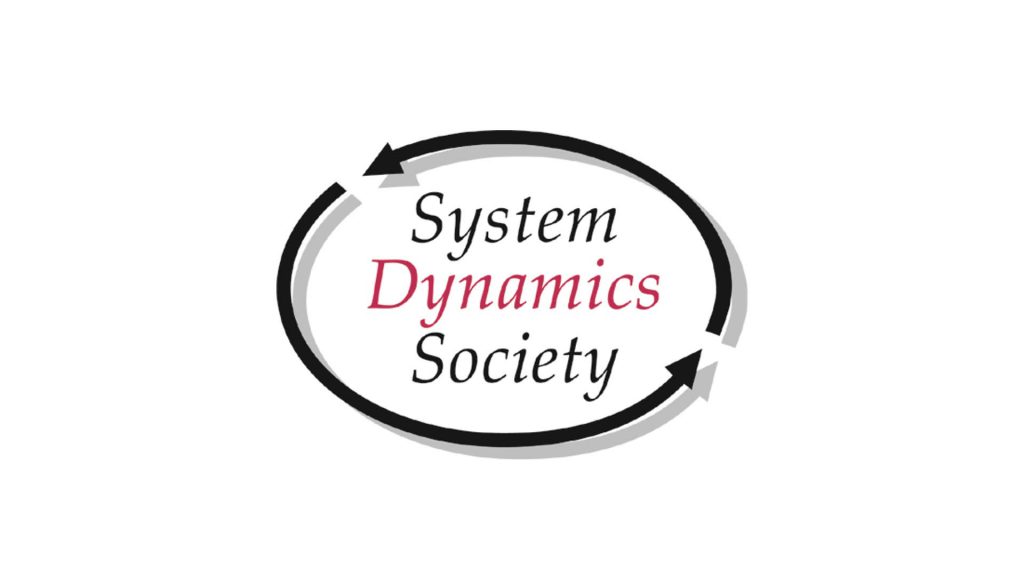
Fabian Szulanski once posed the following question on the System Dynamics-discussion list:
“I invite you with the challenge of trying to define System Dynamics as if you were in an elevator, and somebody was asking to you what it is when you tell him that you are interested in this field; therefore leaving you less than 30 seconds to explain”.
The answers:
“System dynamics deals with how things change through time, which includes most of what most people find important. It uses computer simulation to take the knowledge we already have about details in the world around us and to show why our social and physical systems behave the way they do. System dynamics demonstrates how most of our own decision-making policies are the cause of the problems that we usually blame on others, and how to identify policies we can follow to improve our situation. (This may work if the building is tall enough, and if the person really wanted to know)”. Jay W. Forrester, professor of management, emeritus and senior lecturer, Sloan School Massachusetts Institute of Technology
“System Dynamics is a methodology used to understand how systems change over time”. Ralf Lippold, CEO & founder at LockSchuppenAg – The Co-learning Company
“System Dynamics is a discipline for transforming the complicated into the complex. A discipline for devloping knowledge and wisdom that form a basis for more intelligent action”. Gene Bellinger, system dynamics consultant/designer
“System Dynamics entails making three fundamental shifts of mind relative to our traditional way of thinking. First, from linear, laundry list thinking to a circular, closed-loop view of causality. This helps us move from a static to a dynamic orientation and to much better understand how things change over time. Second, a shift from an external to an internal focus on performance, how we, not others, are responsible for most of the results we get. Third, a focus on an operational view of how things actually work. This is in contrast to traditional analysis methods based on statistical correlations of trends from the past.” Barry Richmond (from: An Introduction to Systems Thinking, iThink 4.0 documentation, High Performance Systems Inc., Page I-12.)
“We’re applying the mindset of control systems engineers to improve the dynamic behaviour of the systems we manage” Geoff Coyle (from: System Dynamics Modelling, Chapman & Hall, 1996, p.5.)
“System Dynamics is a computer-aided approach to policy analysis and design. It applies to dynamic problems, problems that change over time -arising in complex managerial and economic systems – literally any dynamic systems characterized by interdependence, mutual interaction, information feedback and circular causality.” George Richardson (from: Modelling for Management I, Chapter 7, p. 47.)
“System dynamics is a discipline that uses computers as tools to compress time and expand thought, making manifest the changing conseqences of complex and often circular relationships”. Steven Roderick
“It occurs to me that one neat way of expressing an elevator (lift) definiton of system dynamics might be to present it as a mission statement. Here goes: The what, why and how of system dynamics: What: A rigorous way to help thinking, visualising, sharing, and communication of the future evolution of complex organisations and issues over time, Why: for the purpose of solving problems and creating more robust designs, which minimise the likelihood of unpleasant surprises and unintended consequences, How: by creating operational maps and simulation models which externalise mental models and capture the interrelationships of physical and behavioural processes, organisational boundaries, policies, information feedback and time delays; and by using these architectures to test the holistic outcomes of alternative plans and ideas, . Within: a framework which respects and fosters the needs and values of awareness, openness, responsibility and equality of individuals and teams”. Eric Wolstenholme
“Systems thinking allows us to understand the behavior and interrelations among factors that are common to most natural and human systems” Rolfe Stanley
“Well, system dynamics modeling is the art of constructing thorough, consistent, cogent stories narrating “how roads lead on to roads” (feedback loops), and cause a series of events (dynamic behavior), in order to reveal “what made all the difference”. Mohammad Mojtahedzadeh
“Things today are the things of yesterday plus any changes. The changes are the result of the things of yesterday. Now extend this to tomorrow”. William S. Bonnell
“The creation of Jay Forrester of MIT in the late 1950s, system dynamics is a modelling approach which is used both to understand how social systems – in which human actors take decisions which affect events – change over time, and how these changes might best be influenced. System dynamics models represent the flow of information and materials which connect the state of the system to the decision points, and also the ramifying consequences of the decisions made. These closed loops of causal links frequently involve delays and non-linear relationships. Computer simulation of systems of this kind is crucial since humans can conceptualise such complex models but do not have the cognitive capacity to predict the dynamic consequences unassisted. Simulation enables us to calculate the consequences over time of complex causal structures, so that counter-intuitive behaviour may be explored in a rigorous way. Such models can then be used to craft new guiding policies for the system and to advance the intuition of those who will implement them. Assisted by modern, icon-based software, system dynamics has provided causal theories for a wide variety of phenomena. Forrester’s pioneering work ranged from the management of growth in a start-up company to the interaction of population and resources on a global scale. Contemporary applications have included, for example, the diffusion of new medical technologies, the dynamics of software development, the long-term management of life insurance companies and the collapse of the Mayan empire”. David Lane
“System dynamics is a bootstrapping operation. It overcomes the human cognitive capacity weakness to conceptualize the structure of complex systems and predict their consequences. Once this bootstrapping is accomplished, the great power and depth of the mind can then organize vast amounts of information around that simple structure and then meditate more and more deeply on its implications and meaning”. Arlen Wolpert

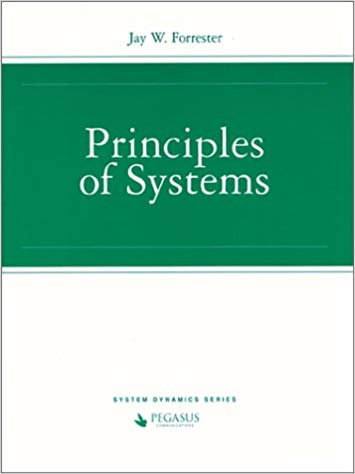



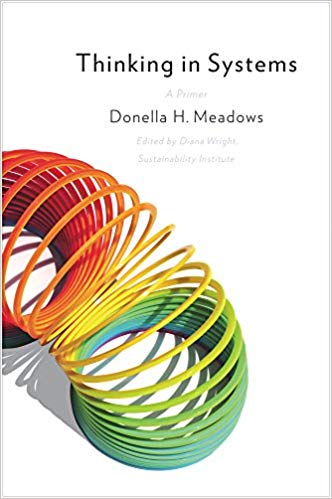
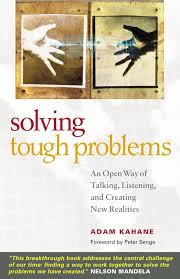
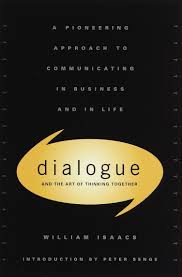

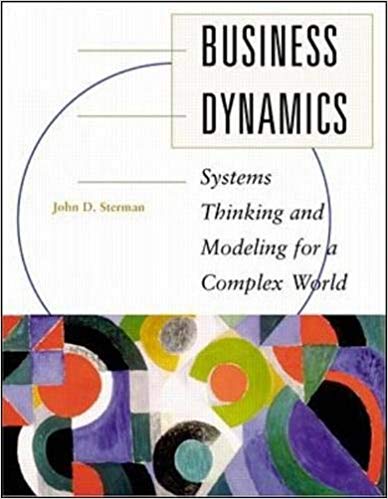
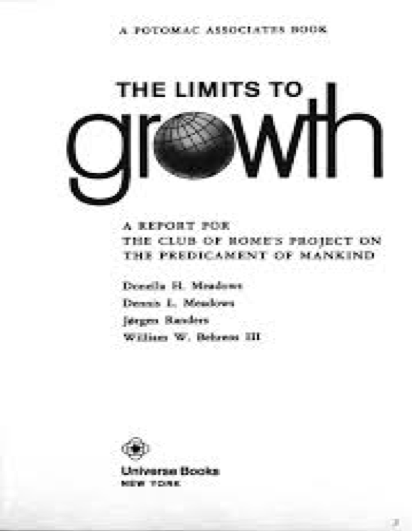
Recent Comments